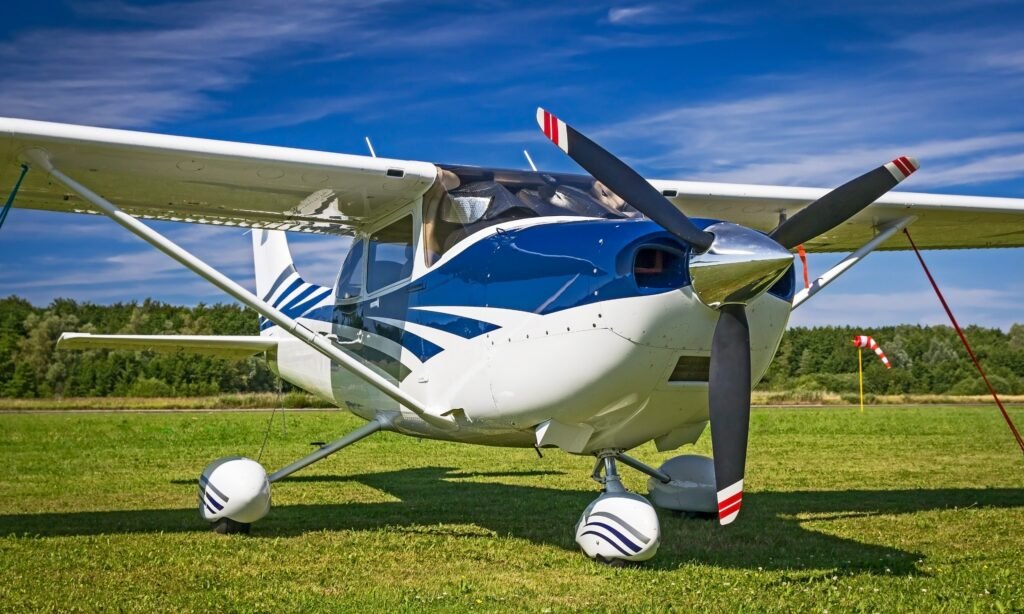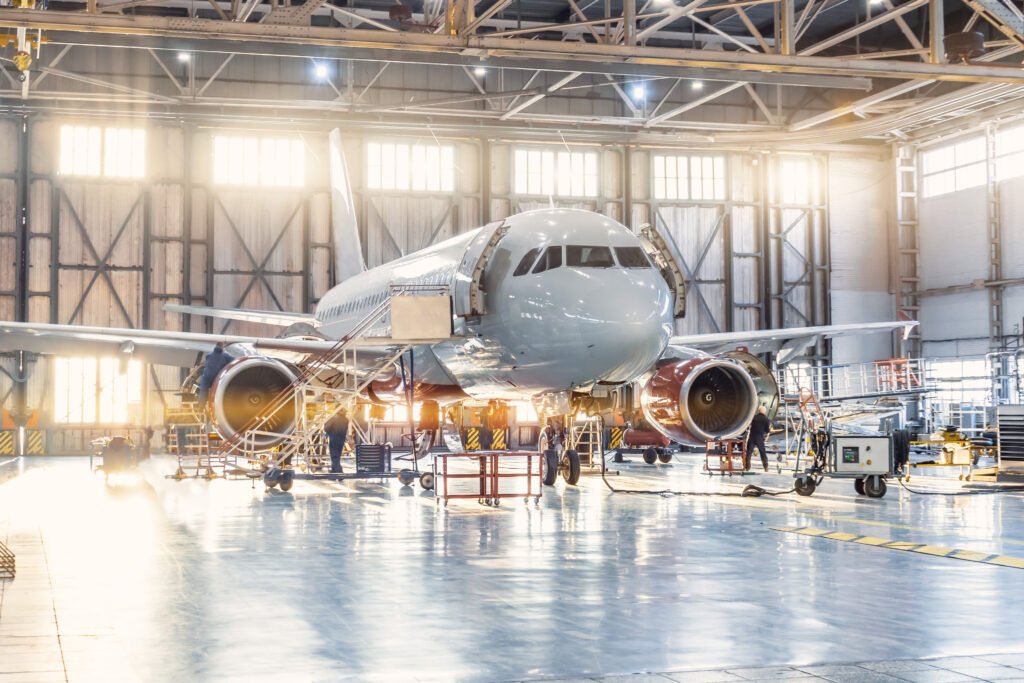Importance of Cleaning During Aircraft Maintenance
Importance of Cleaning During Aircraft Maintenance Your propeller deserves a little TLC. This is never truer than in the heart of winter. That is why it is always wise to invest a little time and attention and a whole lot of love to your propeller before you store your aircraft for the winter. A little devotion today can help your propeller perform exceptionally well once spring rolls around. These are just a few small things you can do that can make a massive difference for propeller performance in the spring. Look for Propeller Damage Propeller damage can come in many forms. To identify this damage, don’t rely on your eyes alone. Use your hands. Rub them along the propeller blades in search of any of the following: If your propeller is a composite propeller, use the tap test to check for delamination or debonding of the blades. Clean the Propellers Bugs, dirt, dust, and other pollutants can do severe damage to propeller paint, making it more vulnerable to corrosion. Clean the blades thoroughly before storing with a good wash, wax, and detail. Also, consider storing your plane with protective covers over the blades to prevent additional damage from occurring while in storage. Repair Immediately If you notice signs of damage during your inspection, now is the perfect time to conduct repairs. You don’t want to wait until the next flying season where you could forget, or when everyone else is having repairs that could cut into your flying time. Additionally, allowing the damage to go unrepaired over the winter could result in larger, more complex, and costlier repairs. Check Overhaul Limits Check your service limits. You’re particularly interested in how close to overhaul limits (TBO or time between overhauls) you are in either flight time or calendar time. As with many things, when you’re storing your craft and not flying the friendly skies, the winter months are the perfect time to consider an overhaul, especially if you are close to the limit. Consider an Upgrade If your plane is on the ground for a few months, it is the perfect time to consider upgrades. Not just for propellers but for a wide range of upgrades. Blue Line Maintenance can help you with all your routine maintenance needs, certification requirements, and avionics upgrades. Blue Line Technical Aircraft Maintenance Blue Line understands how important your craft is to you. We offer an 84,000 square foot state-of-the-art aviation complex at JNX that is equipped with all the tools you need for peace of mind, including a hangar, an observation area, and a rooftop restaurant. Additionally, our team of experts is available for regular maintenance, aircraft emergencies, inspections, upgrades, and more. Contact us today to learn more about the services we provide and how we can help you give your propellers the TLC they require and so much more.



